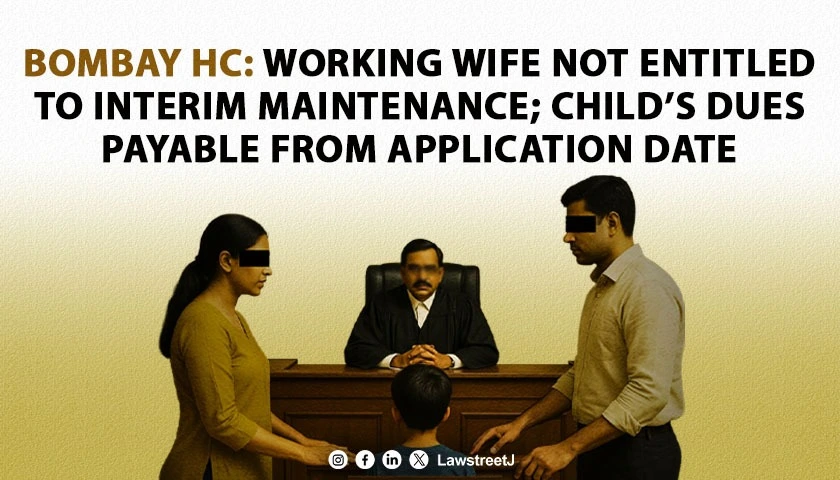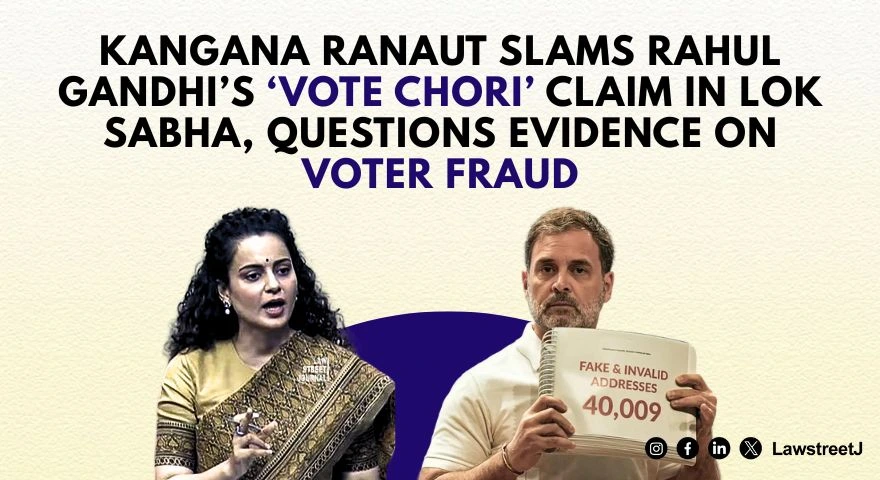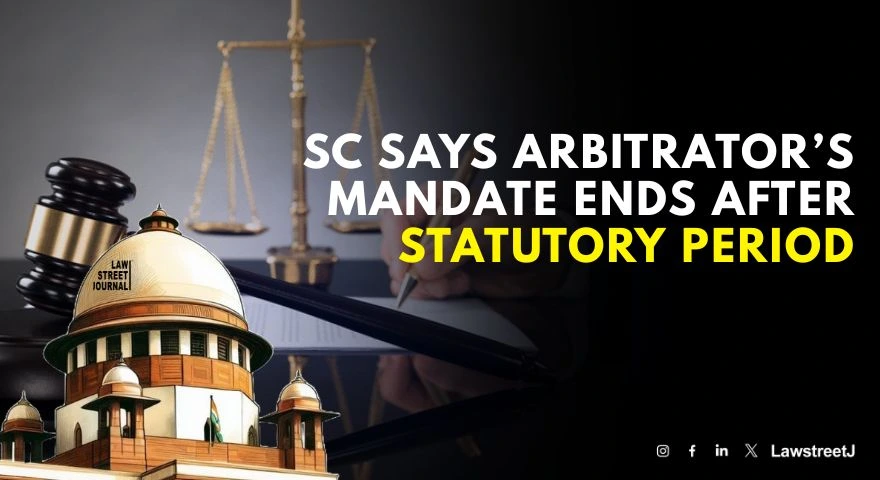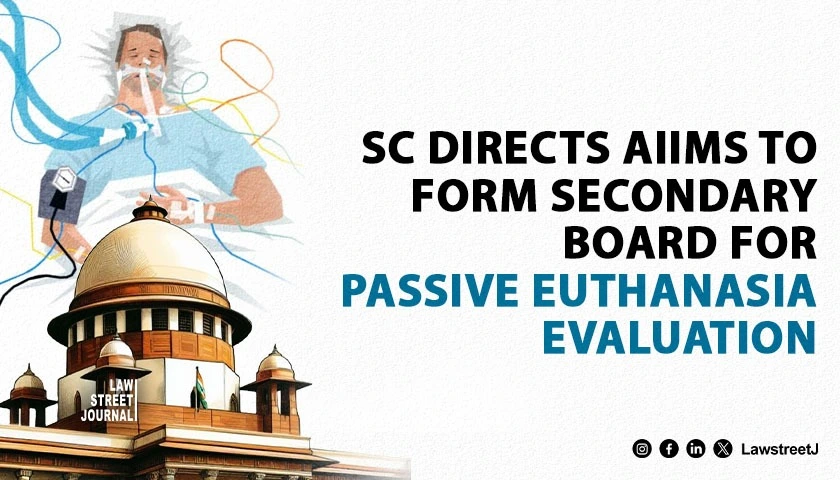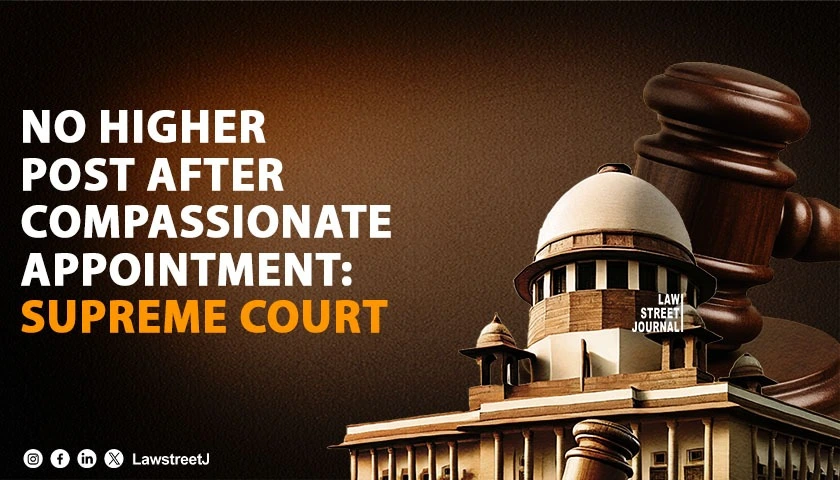Introduction:
Through 3 legal documents (1) Presidential Order withdrawing special status of Jammu and Kashmir (J&K) (2) Presidential Order abrogating Article 370 and (3) Passing of an Act by the Parliament which carved out two union territories from the state of J&K (Jammu & Kashmir and Ladakh) mending the geographical structure of this country by changing the destiny of J&K in the month of August, 2019.. Many petitions have been filed in the Supreme Court of India, challenging this move of the Union Government. However, many countrymen find that revoking Article 370 by PM Narendra Modi is rather a crucial move than Pt. Jawahar Lal Nehrus invoking it.
Why Article 370 was a temporary provision?
A petition filed by NGO We the Citizens, taking some vignettes from the past, as the state had been enjoying the special status for 70 long years, we cannot overlook certain aspects of the sorry saga, trouble began in 2014, when a Delhi-based NGO We the Citizens filed a petition stating, Kashmir never separated from the Federation of Indian dominion. It categorically pointed out that J&K had already joined India under the Government of India Act, 1935. According to the NGO, the new rules of accession were signed by Dogra ruler Maharaja Hari Singh to remove doubt, confusion or ambiguity.
Challenging the constitutional validity of the orders passed by the then President Dr. Rajendra Prasad, the petition states it limited the powers of Parliament to make laws for the state. It said: The President of India in the garb of a temporary provision i.e. Article 370 (1) cannot amend the Constitution by incorporating a new Article of permanent nature. The NGO also contended that Article 35A creates two classes of citizens, which is against the basic tenets of our Constitution.
May be that is why and how the intellectuals must have thought of using the word temporary to induce the spiteful Article into the virtuous constitution of India. With this temporary provision, only Articles 1 and 370 were applicable to J&K. If parliament wanted to make any part of Indian constitution dealing with matters other than specified in the Instrument of Accession namely defence, external affairs and communications, apply to J&K, then it was required to obtain concurrence of the Government of J&K. Article 370 (3) provided a way to amend and repeal any provision of Article 370, which could be done by the President only with the consent of the Constituent assembly.
Is abrogation constitutionally valid?
By virtue of the Presidential Order of 1954, Article 356 was made applicable to the State of J&K. The President of India had issued a Proclamation under Article 356 on 19th December 2018 after political instability in the state, by vesting in himself all the functions of the Government of J&K. It also stated that all the powers of the legislature of J&K will be exercised by the Parliament. Important clarification that it carried was, any reference in the Constitution to the Governor or Legislature of J&K was to be taken to mean a reference to the President and Parliament respectively.
J&K Constituent Assembly was formed on 1st May 1951. J&K constitution was enacted in 1956 and on 26 January 1957 J&K Constituent Assembly was dissolved permanently. The J&K Constituent Assembly was mandated to decide the fate of Article 370 but before its dissolution it didnt make any recommendation for repealing or modification of Article 370. Hence unless a new Constituent Assembly was convened, the President was prevented from make any changes in Article 370.
Three changes that are mentioned in the introduction part happened thereafter, in quick succession changing the constitutional status of J&K.
On 5th August 2019 in the Constitution (Application to Jammu and Kashmir) Order, 2019 issued by Parliament Article 376 of the Constitution was amended to replace any reference to the word Constituent Assembly in the Article 370 (3) with Legislative Assembly. As Presidents rule was already imposed in J&K, Parliament was acting as the Legislative Assembly of J&K. And this essentially empowered Parliament to amend or repeal Article 370. This is a clear case of cleaver drafting. Now it is for the Supreme Court to decide the constitutional validity of the abrogation as legal scholars are equally divided on this issue.
What has been the position of SC on Article 370 over the years?
In Prem Nath Kaul v. State of J&K (AIR 1959 SC 749) SC held explicitly what was implicitly seen from the Constituent Assembly debates that the Constitution-makers attached great importance to the final decision of the Constituent Assembly and President could exercise its power under Article 370 if Constituent Assembly of J&K had given its approval to him to do so. In Sampat Prakash v. State of J&K (AIR 1970 SC 1118) the petitioner argued that Article 370 had ceased to be operative once the Constituent Assembly was dissolved. But the court held that formation of the Constitution of J&K didnt automatically make Article 370 inoperative and the only way Article 370 can cease to operate is by way of a Presidential Order under Article 370 (3) on the recommendation of the Constituent Assembly of J&K.
In a recent judgment of State Bank of India v. Santosh Gupta ((2017) 2 SCC 538) SC has reiterated the same position but it also held that the Constitution of J&K was subordinate to the Constitution of India.
Questions of Constitutionalism:
Constitutionalism is the spirit of the Constitution. Its the unwritten article protecting all the articles of Constitution from any vice be it in the legislature, the executive or the judiciary. On the night of 19th January 1990, constitutionalism died a brutal death when we peek inside the history of the pandits, who faced the night of horror that reminded the Afghan rule of terror, as the Valley has always fallen prey to few power drunk head and ego inflated self -proclaimed Kashmiri Akaas whose satanic whims once provoked the gullible Kashmiris to wash their hands in blood of their own brothers in the name of Allah leading to a macabre tale of the Kashmiri pandits massacre[1]. It is said that almost all the countries in the world now have Constitutions but many lack the idea of Constitutionalism. India being a union of states, where every state shall have an equal stakes in democracy where by infusion of Article 370 along with 35A was itself a blow to the spirit of constitutionalism as the very act of the Article creates two classes of citizens, which is against the basic tenets of our Constitution. A move back then by the Central Government which upgraded states to a position which makes the J&K state government above the other states in the constitutional process, may seem unconstitutional through the letters of the Constitution. Constitutionalism prevents constitutional fraud that was done 70 years ago when the word temporary was used to induce the spiteful Article into the virtuous constitution of India was nothing but a Constitutional fraud and by replacing the Constituent Assembly with a Legislative Assembly is nothing but an act of mending the crown to piece it together as the pieces were lying strewn across the border..
Conclusion:
Before Abrogation of Article 370
Kashmir so near is still so far, where peace was long disrupted when one nation was forced apart. The Crown has broken into two due to the greed amongst a few, who make it hard for us to piece it together as the pieces are lying strewn across the border.
After Abrogation of Article 370
Kashmir so near is still no far, where peace got resorted even when one nation was forced apart. The Crowning has been done and the land has been won. Its time to win their hearts together as the broken pieces of their hearts are still lying strewn across the border. [courtesy: Editor-in-Chief, LawStreet Journal]. [2]
What could not be done for years needs to be done at the earliest and that is holding a referendum. After the removal of the constitutional fraud that affected the very spirit of constitutionalism, now the people of J&K can have the right to be heard, with the right to have a say in the country which we so proudly call a democracy.
Author: Parth Thummar
[1] LawStreet Journal - Nov Ed. Vol II, 2019
[2] LawStreet Journal - Nov Ed. Vol II, 2019



